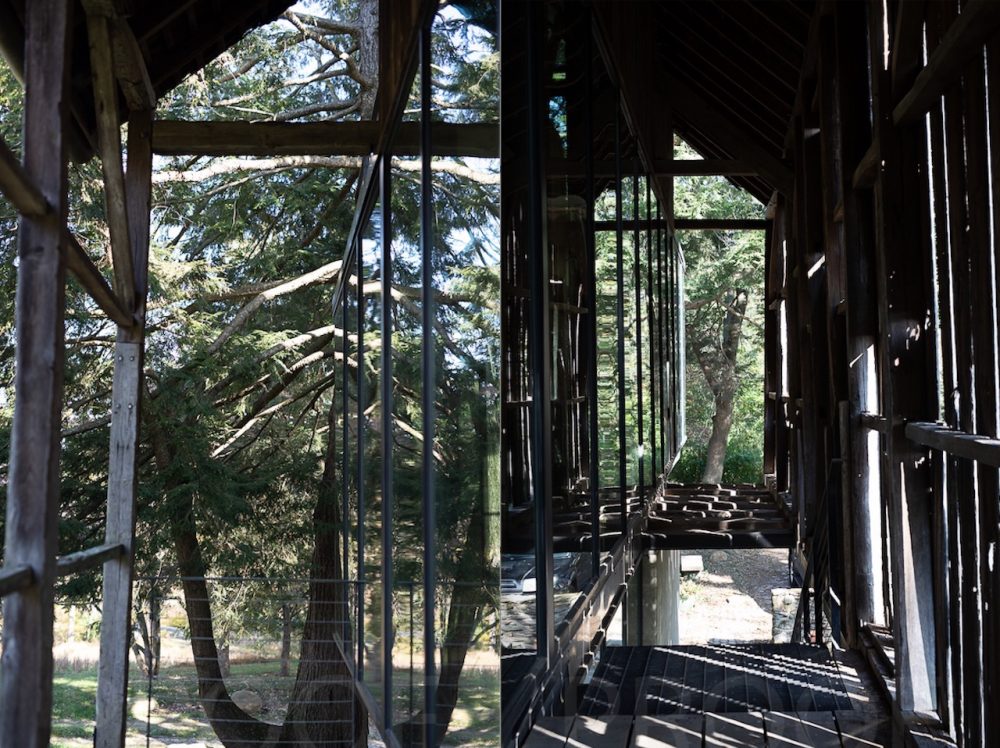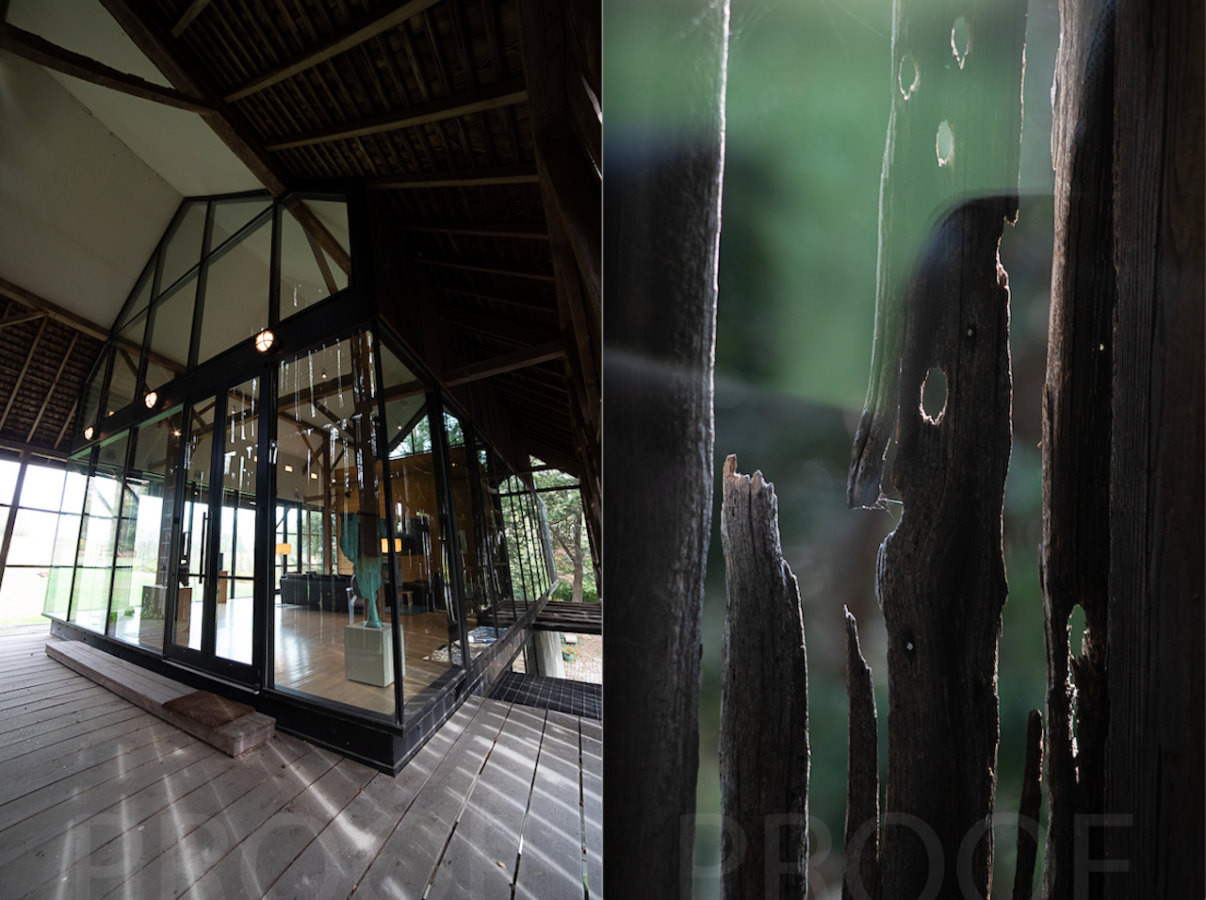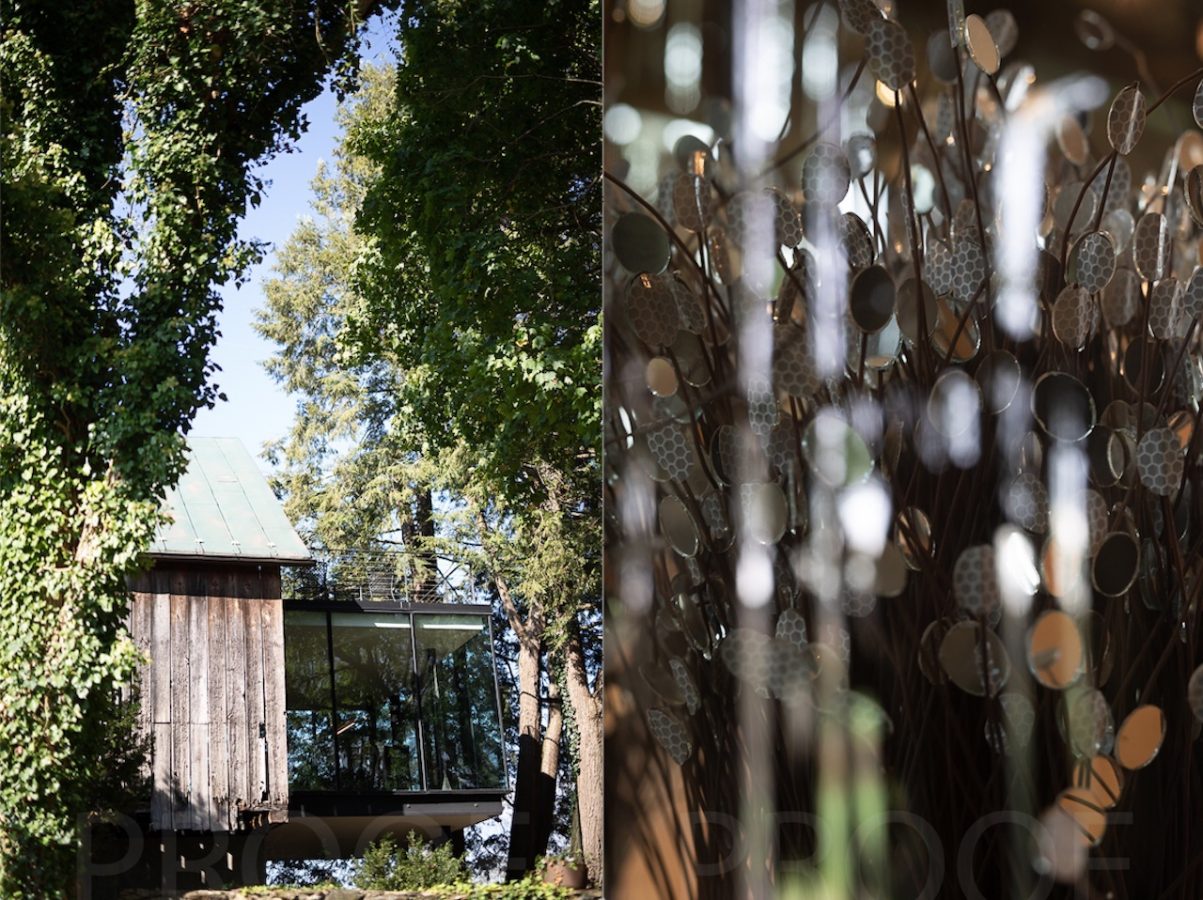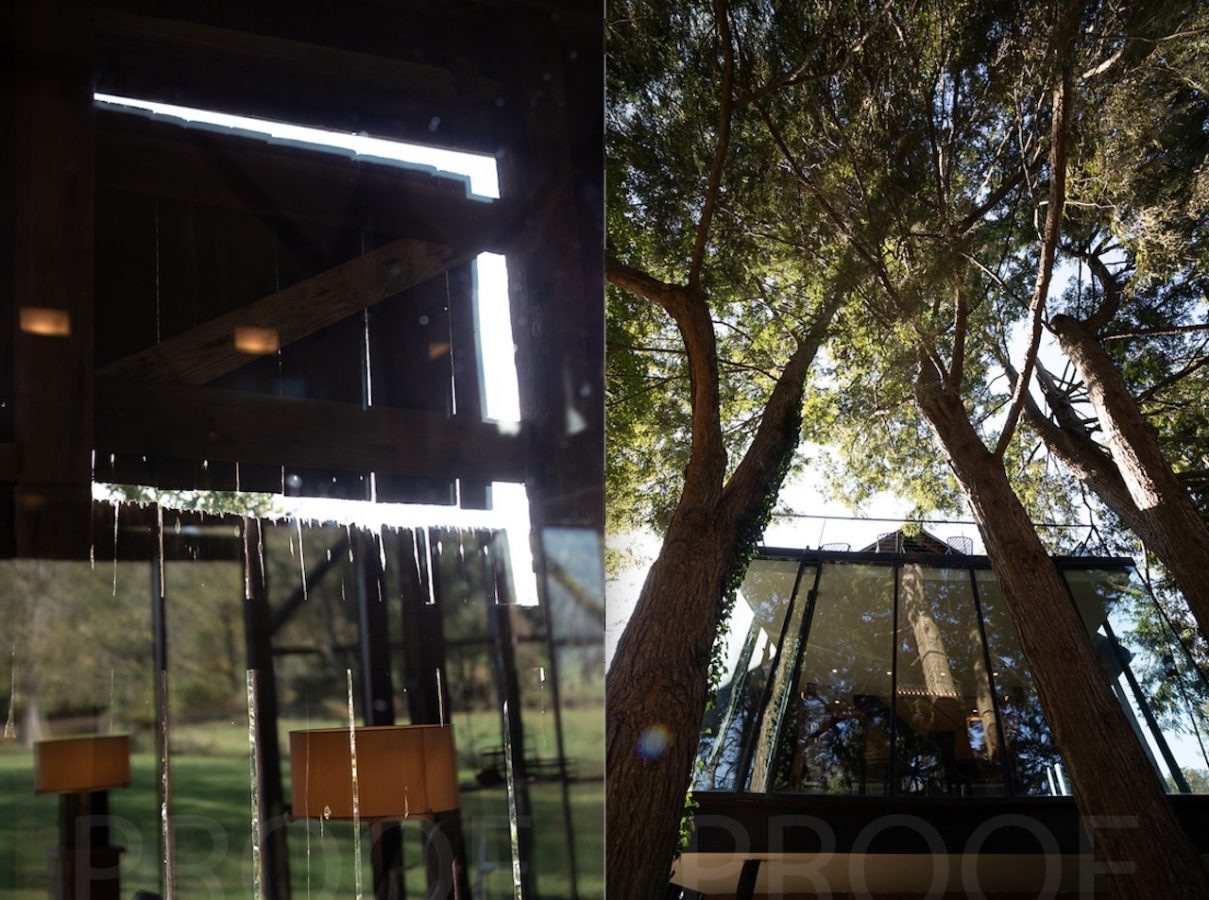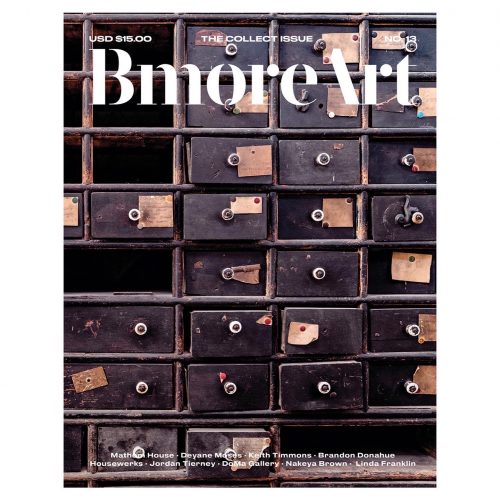The DoMa Gallery would never have existed without Bert. The Basset Hound named for Roberto Clemente was a fine specimen of his breed, perhaps of show quality, but as the beloved pet of art collectors Stan Mazaroff and Nancy Dorman, Bert bore no intentional relation to the great historical precedent set for him at Timber Ridge Farm.
The 85-acre farm was the first property the couple looked at in their quest for a country home, and they were immediately smitten. However, they were unaware of the farm’s historic role in reviving a sport and social club featuring their exact breed of dog, as well as its deep connection to the Baltimore Museum of Art (BMA) where the previous owner, Charles Ross Rogers, had served as chief curator and acting director from 1932 to 1939.
Rogers had been the fourth owner of the property, purchasing the farm in 1938. After a brief flirtation with farming, he rented out the fields and turned the place into a social club for the gentry in the late 1940s. Timber Ridge became known for “Basseting,” a centuries-old pastime that included walking the countryside with a drink in hand while following a pack of braying Bassets who were “hunting” a rabbit that was rarely caught. It wasn’t so much hunting as it was a pleasant social activity, followed by dances and dinners. The practice and farm became so popular that the Timber Ridge Bassets were featured on the covers of Life Magazine (1955) and the Baltimore Sun Magazine (February 1947).
Fifty years later, the farm was listed for sale by Mina Rogers, Charles’ widow, herself a proud breeder of Bassets. When she received the offer to buy the property from Baltimore City dwellers, she expressed skepticism. However, when she learned that they owned a Basset, she agreed to a meeting with the couple—and their dog. After a thorough inspection of Bert, she pronounced him a fine animal, and agreed to sell them the farm. Dorman and Mazaroff were thrilled to become the fifth owners of the property, with cultivated gardens, open meadows, a farmhouse, and several outbuildings.


